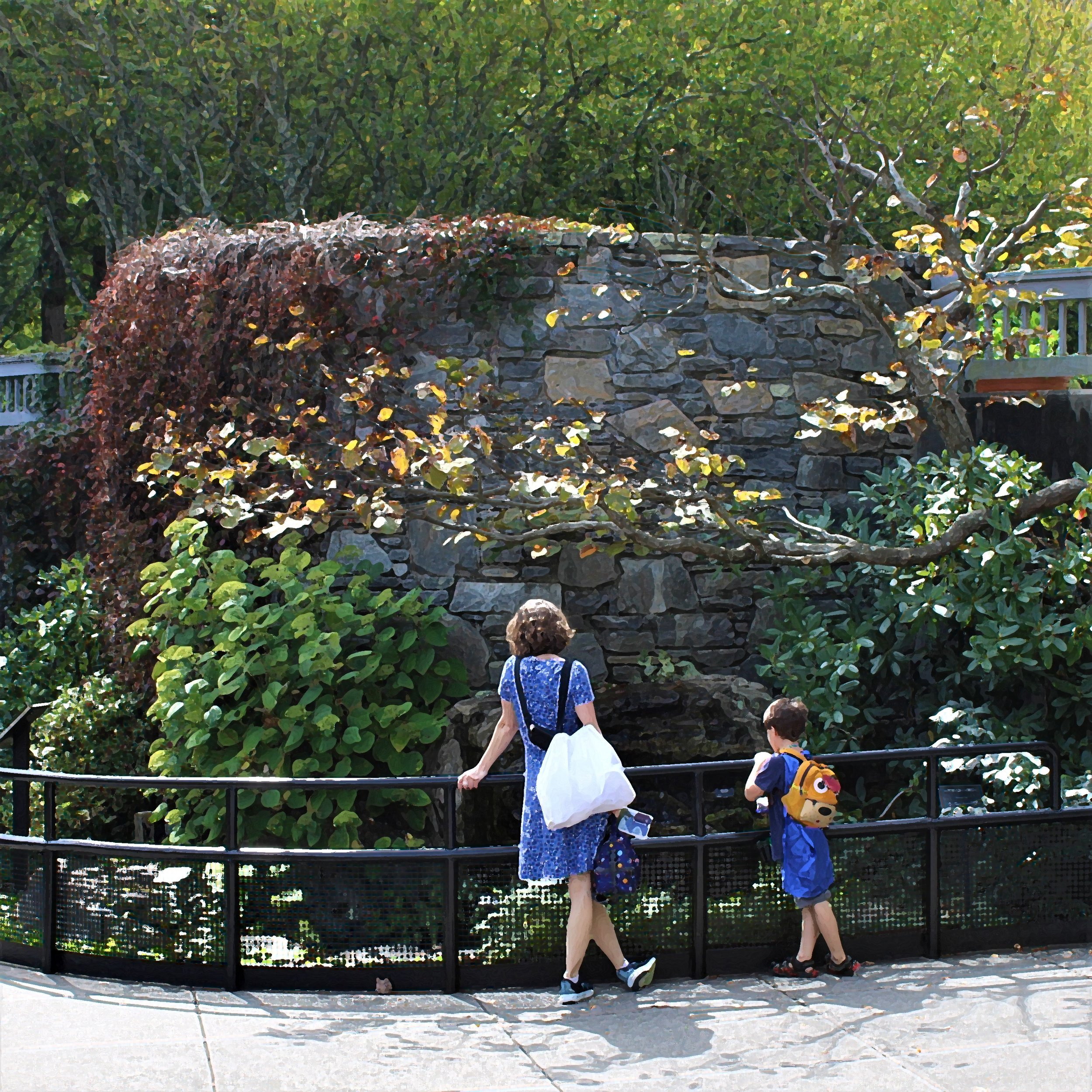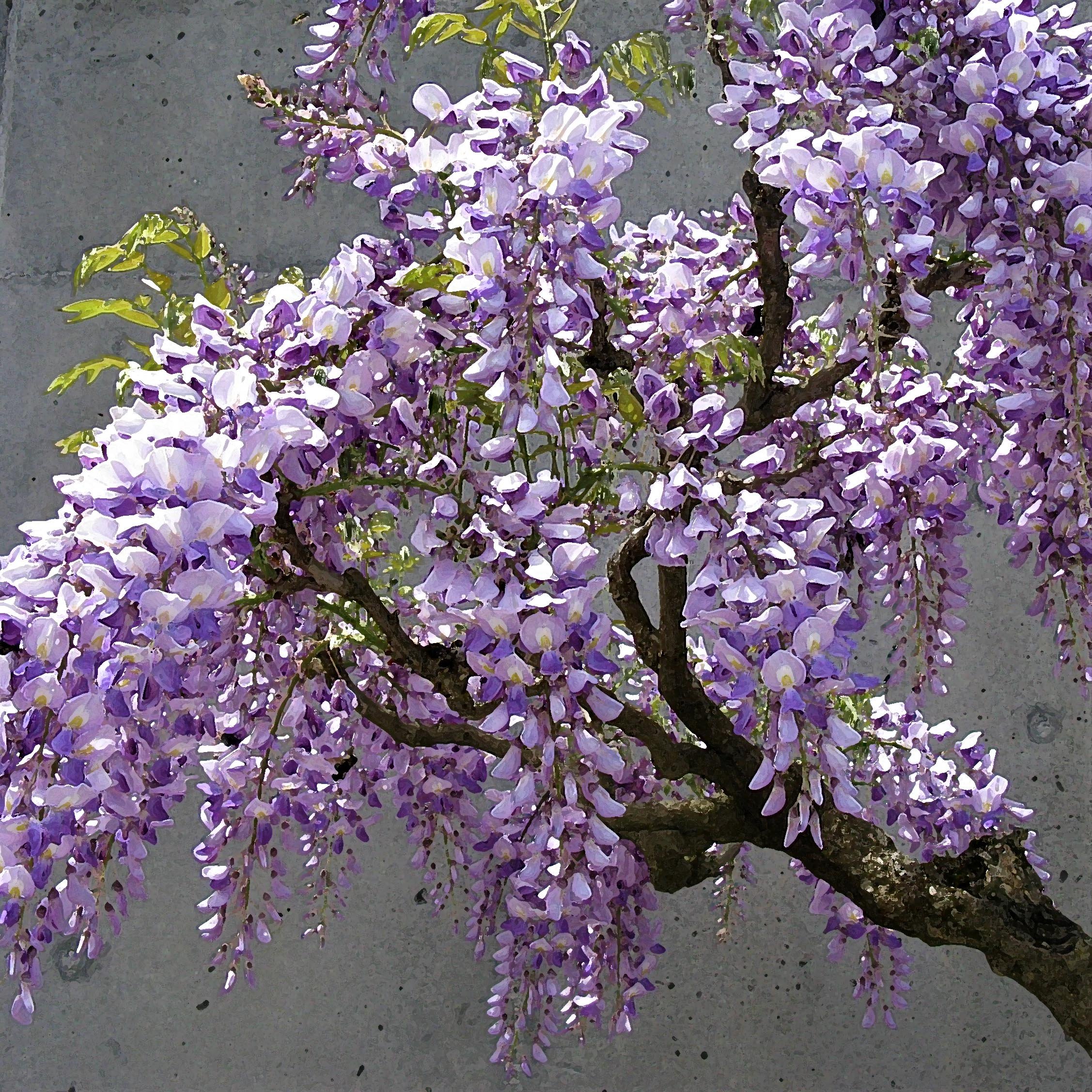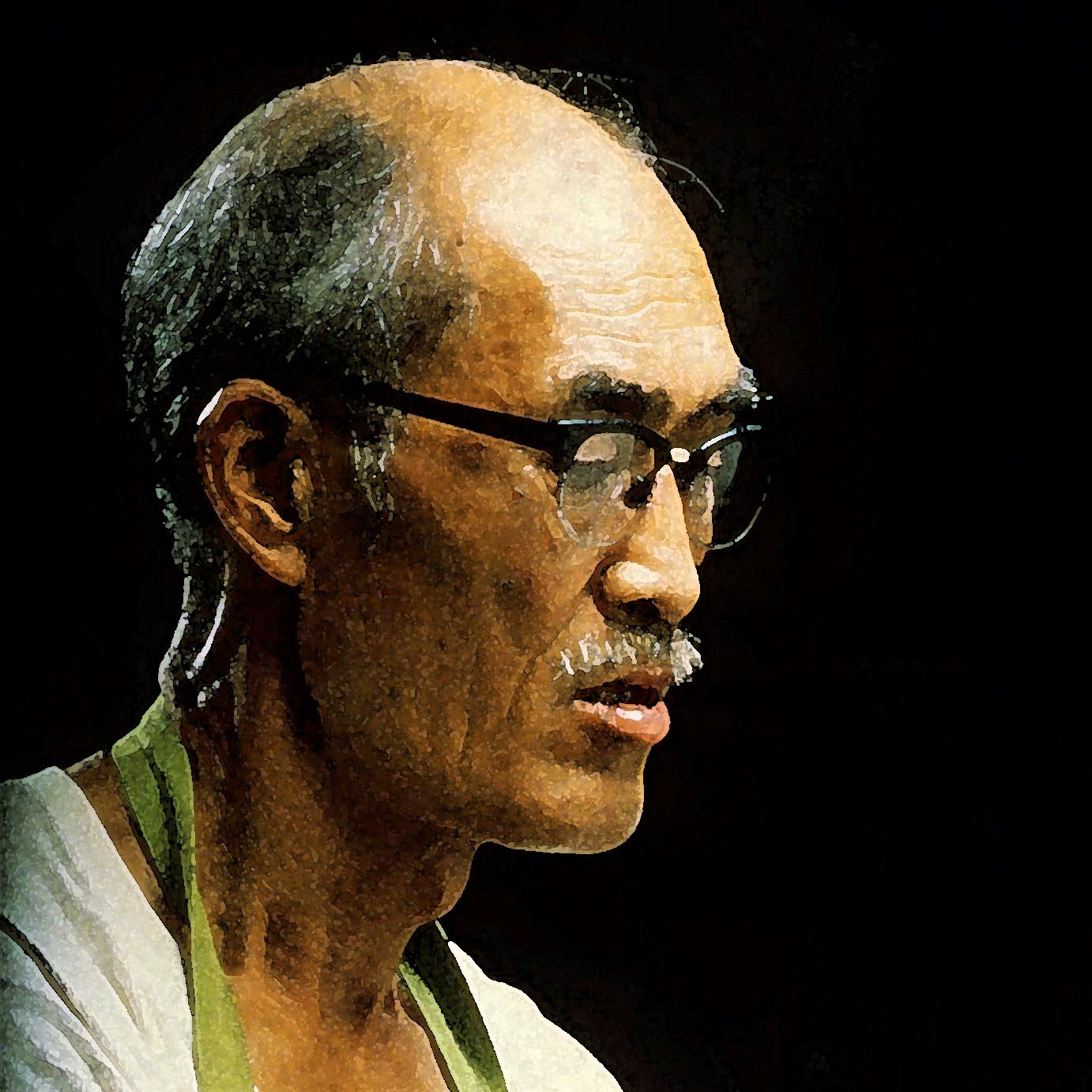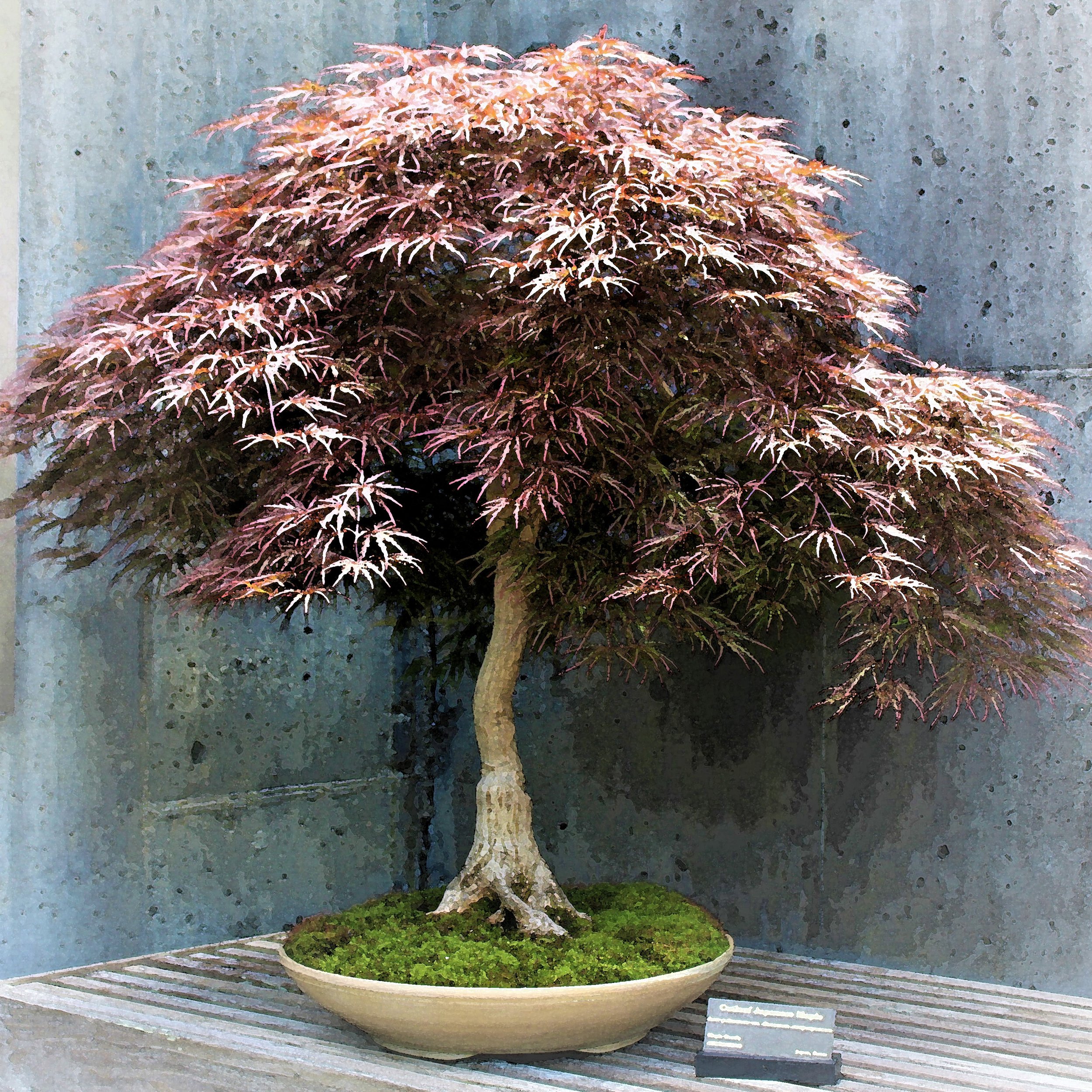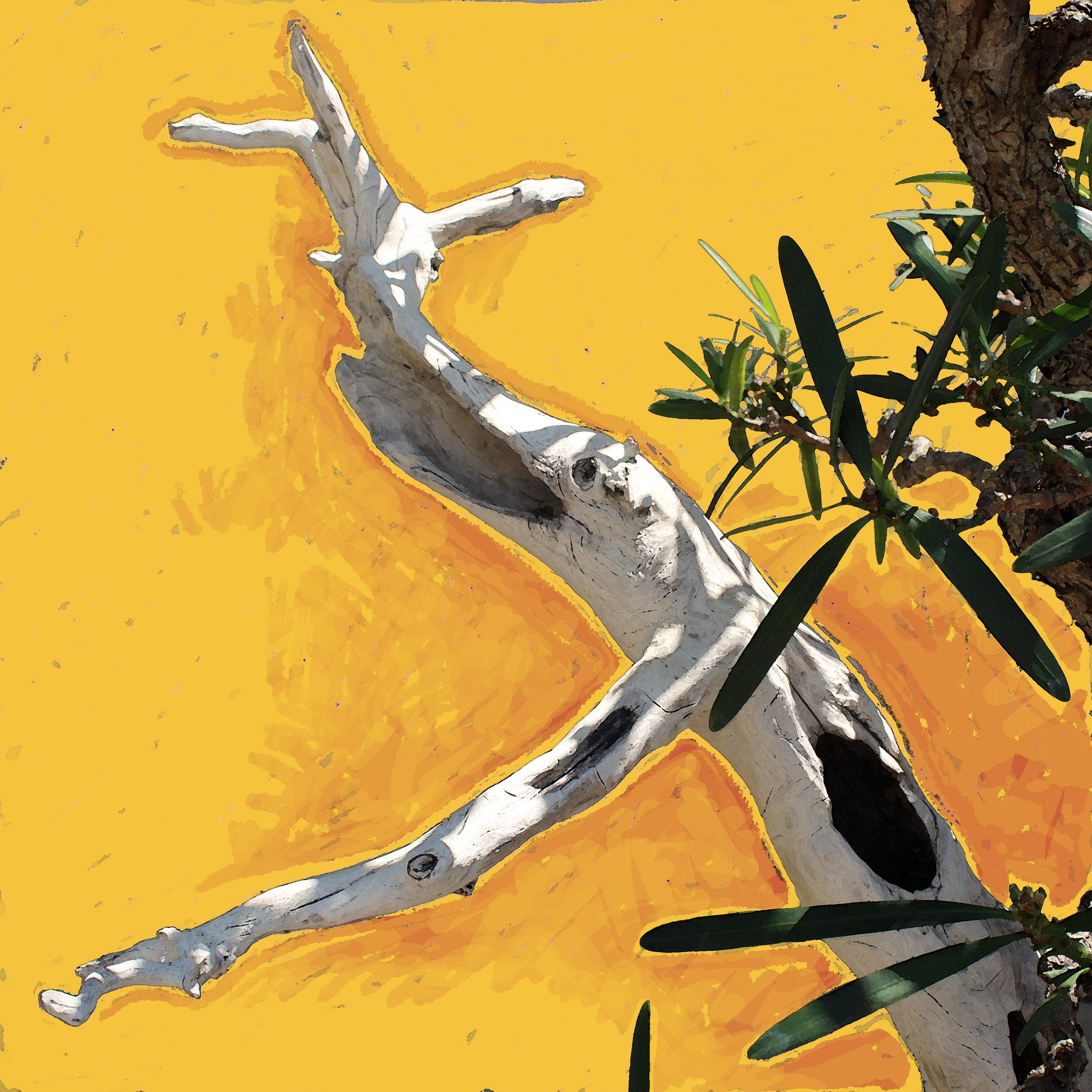A natural tendency toward obstinacy was only one factor in my inability to let go of the maple and put the sorry tale down to experience. While I was fumbling around with all the difficulties caused by the bifurcated root structure, I was having much more success shaping the upper portion of the tree. This maple was one of my earliest efforts at naturalistic styling and I was pleased with its progression.
Read MoreAn acquaintance back in the late 1990s gave me a little red maple (Acer rubrum) in a pint-size pot. It had been grown from a cutting taken from a tree that exhibited outstanding autumn color. Although this very young plant offered absolutely nothing to suggest it would make a good bonsai, I thought I would aim it that way because in those days every plant I came across was a likely candidate for that purpose.
Read MoreThere are times when the growing season feels never-ending, like the pruning and watering and close monitoring of the display trees and the garden landscape will go on forever. Nothing goes on forever, though. Summer is where the action is. Summer is alive and vibrant, demanding and exhausting. This was the thirty-first summer of bonsai at the Arboretum, the eighteenth summer in the bonsai garden. It was a good one, and now it's officially over.
Read MoreBonsai that are very big, or very small, or very old, tend to be the kind of bonsai that attract the most attention. It is their novelty that makes them so appealing. But the fact is that most bonsai do not fit into any of those three categories, and so it should come as no surprise that most of the bonsai in the Arboretum's collection don't fit into those categories either.
Read MoreThere was a lot of experimentation going on in those days. I tried many different techniques as a means of self-education, and some of these efforts succeeded while others failed. Starting new Amur maple bonsai from cuttings was a success. Starting a new Amur maple bonsai from a cut-back stump was a success. Putting these maples together as a group planting was also successful, although there was a hitch in the process that I didn't recognize until later.
Read MoreDana was a true lover of all sorts of plants, but especially bonsai. Even as she reduced her bonsai collection by sending much of it to the Arboretum, she was constantly acquiring new ones because she always had to have bonsai around to look at and tinker with. The trees she brought to my workshops for the club were always interesting subjects, whether for the type of plant or the age and development they exhibited.
Read MoreIn 1994, even as I was working toward the goal of a regional bonsai community with The North Carolina Arboretum at its center, I was trying to accelerate my personal bonsai learning curve. Word reached me early in the year that Yuji Yoshimura was going to be in Charlotte, doing a workshop program for the Bonsai Society of the Carolinas. Ever since meeting Mr. Yoshimura at the convention the year before I had been trying to figure out how to pursue the tantalizing offer of personalized instruction with him.
Read MoreWhen the 1993 World Bonsai Convention in Orlando was over and I returned to work, there was so much to do. It was springtime and our fledgling bonsai collection was leafed out and growing, and now my imagination had been sparked by both the convention experience and the study period in DC before that. My mind was full of big ideas about improving the Arboretum's trees and all the work it was going to take to begin building a program to support them. But it was springtime in the nursery, too.
Read MoreThe idea of using a wooden planter for a tray landscape had somehow become appealing to me early on. The box used for the Graveyard Fields planting was a first attempt at such, and provided lessons that helped improve the wooden planters we subsequently built for use. After ten years in the wooden container, however, it seemed Graveyard Fields was ready for a modification to its look.
Read MoreThere is another Graveyard Fields. It is considerably smaller than the one off the Parkway but much more accessible, and it is never crowded there unless you want it to be in your imagination. The Graveyard Fields I'm talking about now is a miniature representation of the real place and it can be seen on just about any visit to the Arboretum's bonsai garden when little trees are on display.
Read MoreWhen you look at an old bonsai you might never guess the history of it. For example, we have in the Arboretum's bonsai collection a large podocarpus (Podocarpus macrophyllus), which we can reasonably surmise to be around seventy years old. To look at it you might well recognize that it looks aged, however nothing in its appearance will give you reason to think our podocarpus grew up at a correctional facility. But it did.
Read MoreThis small area is referred to as the Upper Level Entry Garden. It is very much part of the bonsai garden and it is maintained in the same manner. That means the Scots pine is pruned and shaped in a way that gives it an appearance suggestive of a bonsai.
Read MoreNo bonsai is created in a day. This particular maple has been years in the making and the session it goes through today is just another step along a path, another increment working off the increments that preceded it and setting up the increments that will follow.
Read MoreThere was a big pot made of redwood, the kind you might use for growing a tree out on a patio, and jutting up out of the soil in the pot was a piece of wood like an upside-down baseball bat. Mr. Staples came along so I asked him if the trunk in a pot was supposed to go with us. “Yeah,” he said, “That goes.” I bent to pick it up. “Be careful with that,” he said, “I paid five hundred dollars for that stick!”
Read MoreIn bonsai, American hornbeam is more commonly used than hop-hornbeam. The reason for this is somewhat mysterious, given both species work equally well for the purpose. This disparity is reflected in the Arboretum's bonsai collection, where we have numerous American hornbeam specimens but only one hop-hornbeam. The one hop-hornbeam specimen we have is substantial, however, and we've had it for a long time.
Read MoreMost tray landscapes depict generic scenes from nature, but the possibility exists to have them represent more specific, real-life places. The challenge in doing this is finding a key feature of a given place that can be worked into the design of a tray landscape, suggesting the identity of the place being represented.
Read MoreA person ought not walk on ice. Ice is slippery and hard, and although you might move across it carefully, thinking you are doing okay, suddenly your feet are flying out in front of you and gravity yanks you down from behind. When you hit the hard ice you get hurt. Best altogether to avoid walking on the stuff, if it is avoidable.
Read MoreHe didn't crack this like an obvious joke. He said it straight faced and then went about his business. This was one of several instances during the program where Mr. Yoshimura projected what I took to be an iconoclastic tendency. He was conservative in his appearance, precise and formal in manner, but seemed rebellious in his attitude. At the conclusion of the program I turned to Janet and said, "What a dangerous old man!"
Read MoreDon was formulating a plan to have me further my education by studying with a well-known bonsai professional who was a friend and associate of his. When my horticultural mentor Dr. Creech caught wind of this he immediately stepped in and made arrangements for me to go to Washington DC to study with bonsai curator Bob Drechsler. Dr. Creech was insistent that this be done and he pulled all the strings to make it happen.
Read MoreEven after removing the dead beech tree, I did not do much with the hemlock for a while. I spent the time taking care of other plants while keeping an eye on what remained of Mr. Yoshimura's tree and thinking about what to do next. I had always seen those trees as being subsidiary to some larger element: first the original primary trunk of the hemlock and later the American beech that replaced it. Now it was time to evaluate them on their own.
Read More

